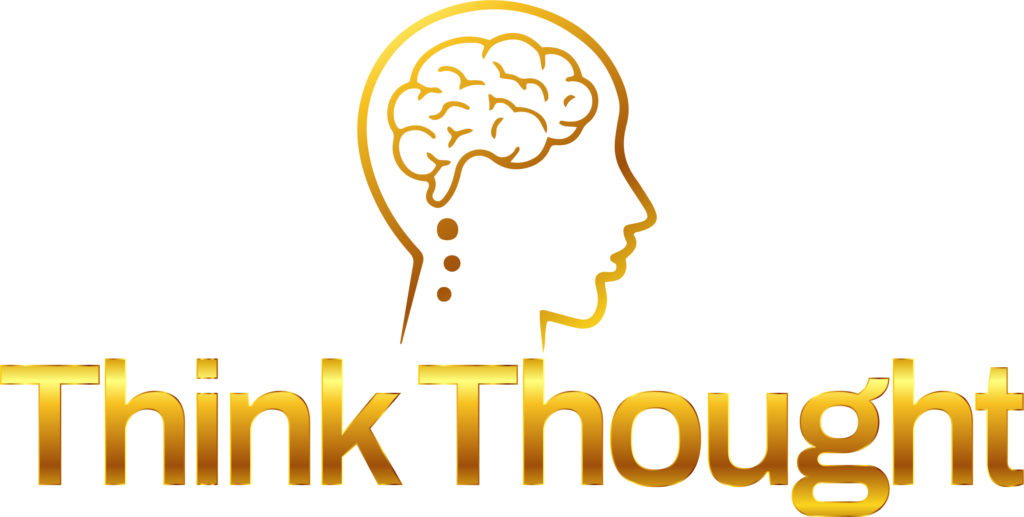The Paradox of Digital Self-Care
We live in an era of:
500+ mental health apps available
54% of adults feeling overwhelmed by digital demands (APA, 2023)
72% of therapy clients now using hybrid care models
The challenge? Leveraging technology without losing human connection.
Mindfulness Meets Modern Therapy
1. Digital Mindfulness Tools That Actually Work
Science-backed apps worth trying:
-
Headspace (FDA-approved for stress reduction)
-
Insight Timer (free meditation library)
-
Bearable (mood + habit tracking)
Key benefit: Creates consistency between therapy sessions
2. Telehealth-Enhanced Mindfulness Practices
Innovative providers like Think Thought Psychiatry LLC now integrate:
-
Guided meditation during virtual sessions
-
Screen-shared breathing visualizers
-
Digital journal prompts with therapist feedback
3. The 5-Minute Digital Detox Protocol
-
Set phone to grayscale mode
-
Enable “focus” features during self-care time
-
Use app timers to prevent endless scrolling
Creating Your Personalized Digital Self-Care Plan
Morning Routine
5-minute meditation (app-guided)
Digital gratitude journaling
Screen-free breakfast
Workday Micro-Practices
Pomodoro technique with stretch breaks
“Deep work” phone-free blocks
Nature sounds instead of social media
Evening Wind-Down
Blue light filters after 8pm
Reflect on daily wins (notes app or journal)
Scheduled “do not disturb” hours
The Research Behind Digital Mindfulness
-
27% stress reduction with app-guided meditation (NIH Study)
-
40% better therapy outcomes when combined with mindfulness practice (JAMA Psychiatry)
-
3x adherence rates for digital journaling vs. paper (JMIR, 2023)
Avoiding Digital Self-Care Pitfalls
Tool overload (stick to 1-2 quality apps)
Comparison trap (social media ≠ reality)
Digital avoidance (tech shouldn’t replace human connection)
Healthy balance looks like:
-
Using apps as supplements, not substitutes
-
Scheduling regular tech-free time
-
Maintaining in-person connections
The Future of Mindful Digital Care
Emerging innovations include:
1. AI mood prediction from typing patterns
2. VR nature therapy for urban dwellers
3. Biometric feedback for stress management
Your Next Steps
-
Audit your current digital habits
-
Choose one new mindful practice to try
-
Discuss options with your therapist
Remember: The best self-care routine meets you where you are—digitally and emotionally.
